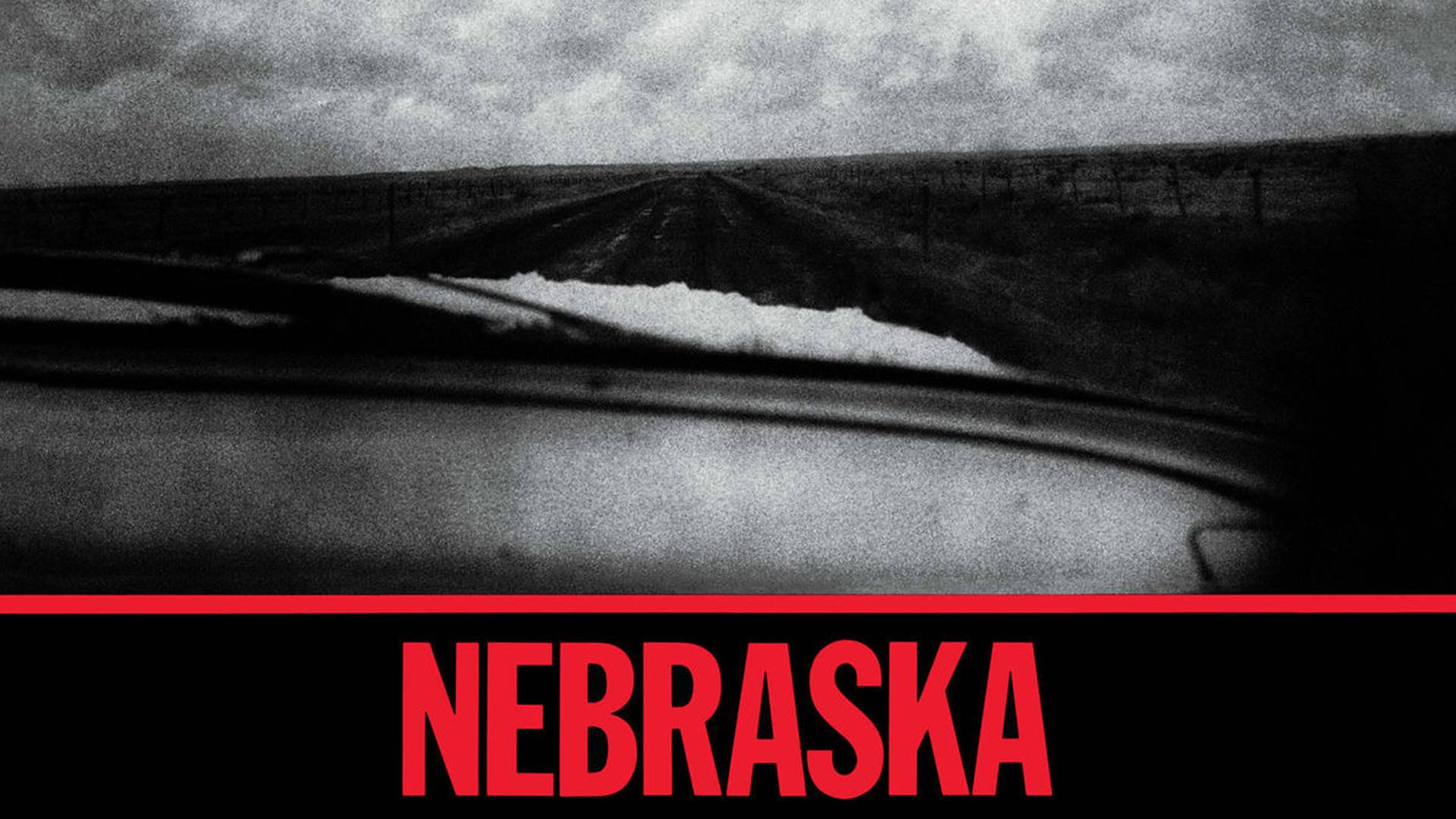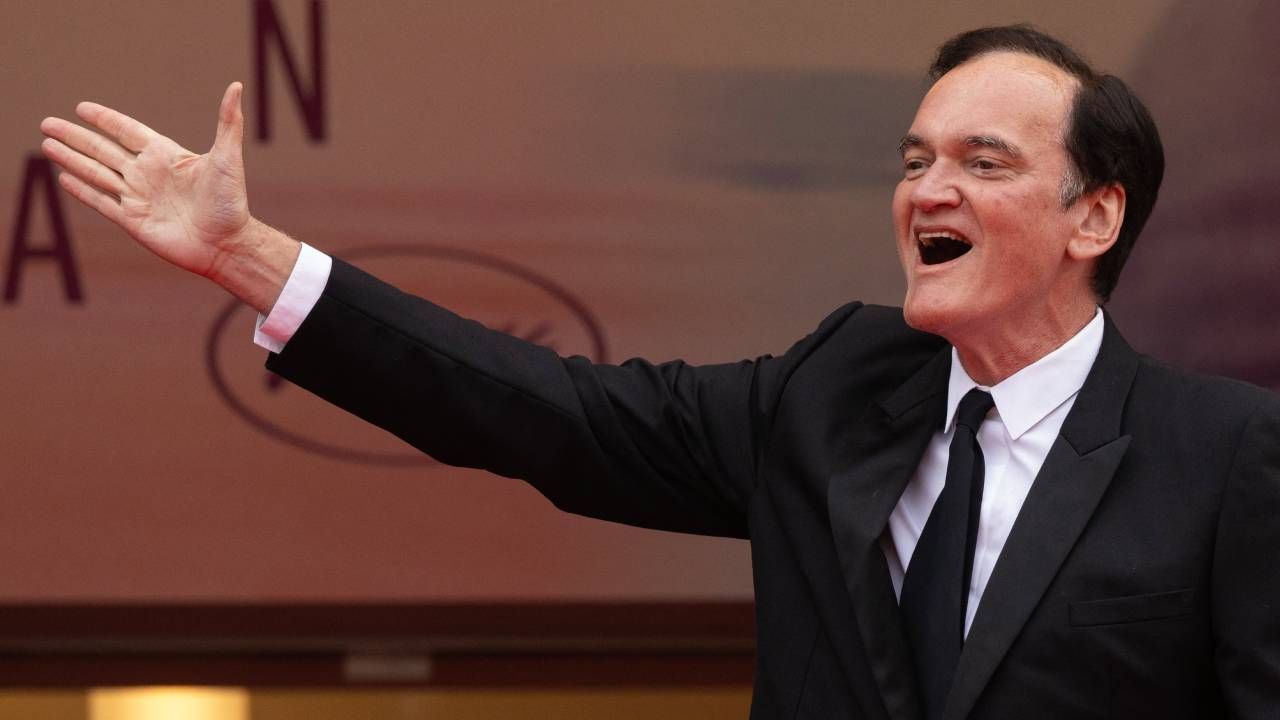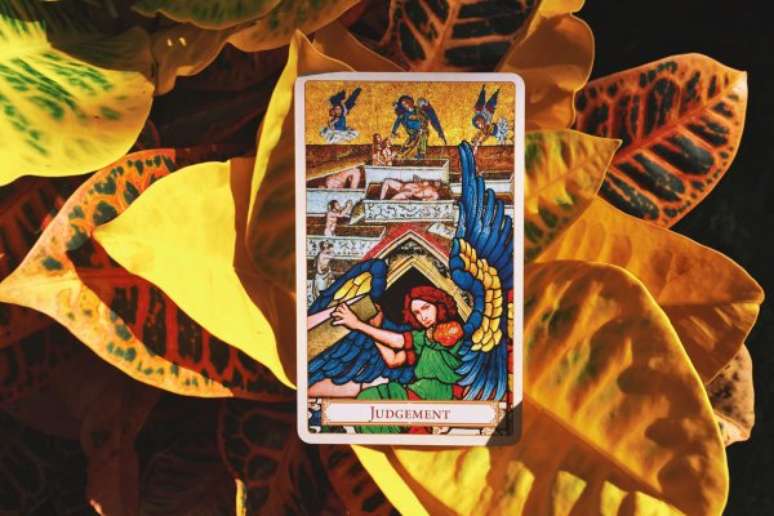Simplicity in the amateur recording style contrasts with the enormous complexity of stories told and broken patterns in the artist’s 6th studio album
What should be the next step in an artist’s career after reaching the top of the charts? Bruce Springsteenbetween the end of 1981 and the beginning of 1982, made Nebraska the complete opposite of what any success expert would offer as an answer to that question. Not that it was planned — because good art isn’t organized that way — but it happened.
With the end of the tour for the successful album The River (1980), Springsteen sought isolation in an isolated house in quiet Colts Neck, a city in the American state of New Jersey. There, he composed the material that would become Nebraskaan introspective album, all acoustic and with amateur sound quality, as it was all recorded at home, alone, with a portable 4-channel recorder.
Nebraska came out in September 1982 and would become one of Bruce’s most important albums, whether due to the desperate lyrics with a very particular vision of the USA or the influential lo-fi sound of the DIY (do it yourself) proposal. It’s time to dissect this intriguing album, explored in the new biopic Springsteen: Save Me From the Unknown.
Nebraska —Bruce Springsteen
1. “Nebraska”
Positioned right at the opening, the title track is about a real murder case, in which Bruce Springsteen takes on the voice… of the criminal. The serial killer Charles Starkweather killed eleven people in eight days in 1958 in the states of Wyoming and… Nebraska. Inspired by the film Badlands (1973) and the book Curry (1974), which tells the real story of Starkweather, Springsteen did a lot of research on the subject. He delivered a viscerally disturbing song, both for the lyrics — in which the criminal makes it clear that he does not feel remorse even after being sentenced to the electric chair — and for the somber music, driven by discreet strumming and a piercing harmonica.
2. “Atlantic City”
It makes sense that “Atlantic City” was released as a single. At least when it comes to the musical part, this track would probably fit well in The River (1980), previous album with a busy rhythm and grandiose melodies. In Nebraska, however, it acquires another level of depth. The lyrics address how the city mentioned in the title, still in its pre-casino era, became the destination for a poor couple to “try life”. In financial despair, the man in this pair ends up involved with the mafia, reinforcing the social decadence in a city at the time rife with corruption. Another real episode is referenced in the composition: the murder of the mobster Philip “Chicken Man” Testa in 1981.
3. “Mansion on the Hill”
Resuming the musical aesthetics of the opening track with melancholy + plucked guitar + suffering harmonica — and adding reference to a song of the same name by Hank Williams —, “Mansion on the Hill” represents the first of three moments of personal burden in Nebraskaall linked to the conflicting relationship with the artist’s father. Springsteen returns to childhood memories when talking about a boy often taken by his father to the front of a mansion on top of a hill. The “fascinated by money” Douglas He actually did this with his son just to look at the mansion, imagining himself rich. For an adult Springsteen, the exuberant property symbolized the social inequality that has always been experienced in the USA. What changed over the years was Bruce’s own financial rise. “When I dream, sometimes I’m outside looking at the mansion, sometimes I’m inside it.”he said during a show in 1986.
4. “Johnny 99”
“Johnny 99” proves that the definition of “folk album” does not fit Nebraskawhether aesthetically or thematically. Anchored in a blues/rockabilly rhythm, the fourth track on the album promotes an almost sarcastic clash between festive sound — obviously to a certain extent — and heavy lyrics. Here, Springsteen narrates the trajectory of a worker in debt after being fired from a closed factory in New Jersey. The man gets drunk, shoots a night clerk and ends up in prison, but is dissatisfied with the punishment of 99 years in prison: he actually wanted the death penalty. It became, understandably, the track on that album most played live by Bruce in his shows, with “Atlantic City” in second position.
5. “Highway Patrolman”
Longest song Nebraska (with 5 minutes and 39 seconds), “Highway Patrolmen” It represents a not very easy audition. Not only for rescuing the melancholic aesthetic in the musical sphere, but also for its sparse recording, to the point where you can barely hear the guitar strumming in some moments. An ethical conflict serves as the basis for the lyrics: police officer Joe has a brother Franka rebel who left the American army — we imagine that after being sent to the Vietnam War — and was involved in a series of crimes. While chasing Franky after a murder, he finds him at the Canadian border… and lets him escape. It was re-recorded by Johnny Cash (next to “Johnny 99”) and inspired the film United by Blood (1991) by Sean Penn.
6. “State Trooper”
Se “Atlantic City” would fit easily into an album like The Riverit would be impossible to imagine “State Trooper” in another format or disk other than Nebraska. This curiously restrained blues with occasional screams is narrated by a car thief on the run down a deserted road. The paranoia caused by the fear of being caught begins to consume him as the trip progresses. Springsteen turned to an unlikely musical inspiration for the composition: suicidea synth-pop duo that pioneered the minimalist use of electronic instrumentation. The band has, in the words of the artist in the book Deliver Me from Nowherea work “very dangerous that spoke to a part of him normally not reached by music in general”.
7. “Used Cars”
Only in 1982 did Bruce Springsteen buy his first new car: a Chevrolet Camaro Z28. “Until then, I had never spent $10,000 on myself.”recalls the musician in his autobiography. “Used Cars” goes back to his childhood to detail yet another experience involving his father, Douglas: the purchase of a car “brand new used”corresponding to your reality until then. “My father had every type of used car possible”he added in conversation with the audience during a show in 2005. In this case, the typical reflection of the working class at least concludes in a more positive — or ironic — perspective? — with the promise that “when my number [na loteria] arrive, I will never drive a used car again.”.
8. “Open All Night”
The eighth track of Nebraska it is the shortest on the tracklist (2 minutes and 53 seconds) and the only one on the entire album to have guitar instead of acoustic guitar. It was released as the second single, succeeding “Atlantic City” in promotional format. This typical rock’n’roll in the style of the 1950s, seems light in its message, as the lyrics, full of automotive references, narrate a man’s journey throughout the night to meet a woman on the other end of the state of New Jersey. However, the message becomes clear towards the end: most “ordinary” people just look for something to get rid of the boredom of a normal life in a quiet city, be it a car ride or a playlist full of rock songs. It comes from its last verse, including the expression “deliver me from nowhere”responsible for naming both the new film and the book that inspired it.
9. “My Father’s House”
Last composition to enter Nebraska and owner of perhaps the most striking vocal melodies on the album, “My Father’s House” delves back into Bruce Springsteen’s childhood memories — and, once again, focusing on Douglas. After dreaming of being lost in a forest and being saved by his father, the narrator decides to visit his father seeking rapprochement, but soon discovers that the family member no longer lives at that address. During a show, Springsteen said that, even after his fame, he often drove through the neighborhood where he grew up. His psychiatrist explained that the habit signaled an unconscious interest in returning to “fix” wrong situations in the past. “But this is impossible to do”added the specialist.
10. “Reason to Believe”
Another restrained blues/rockabilly, “Reason to Believe” closes Nebraska with a message that ranges from disappointment to optimism. The four stanzas tell four different stories: from the saga of a woman abandoned at the altar to a man’s attempt to resurrect his dead dog. It’s all very painful, like most of the album. However, the final verses of each excerpt always repeat the message: “At the end of each sweaty day, people find some reason to believe [em algo]”in the sense of preserving hope even in the face of obstacles. Whether due to the storytelling style or the sense of communion, it is perhaps the only track that fits the aforementioned lazy description of “folk music”. Labels aside, a subtly grand way to end such a loaded album.
+++ READ MORE: The importance of Jon Landau to Bruce Springsteen
+++ Follow Rolling Stone Brasil @rollingstonebrasil on Instagram
+++ Follow journalist Igor Miranda @igormirandasite on Instagram
-
Bruce Springsteen
Source: Rollingstone
Rose James is a Gossipify movie and series reviewer known for her in-depth analysis and unique perspective on the latest releases. With a background in film studies, she provides engaging and informative reviews, and keeps readers up to date with industry trends and emerging talents.







